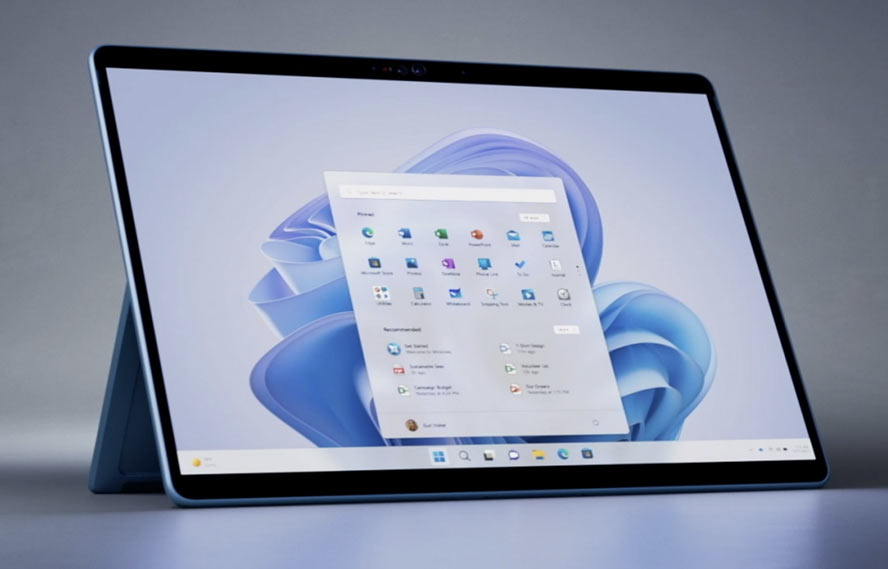Microsoft General Revenue Up, Except for Personal Computing

Microsoft's just-announced fourth quarter 2023 results paint a rosy picture in general: almost all of the company's revenue sources increased year-on-year with the glaring omission of our bread and butter, personal computing. Other Microsoft business areas showed an average 14% uptick, but the company's "More Personal Computing" unit, which includes Windows OS and Xbox revenue, showed a 4% decrease. There, Xbox Content and Services (which includes Game Pass) saw a 5% revenue increase, with advertising revenue also coming for a save due to its 8% growth.
Unsurprisingly, Microsoft's biggest growth areas centered around Cloud Computing (Dynamics products and cloud services in the company's parlance), which saw a 19% growth and AI (Azure server products and cloud services). Interestingly and despite it being a much newer technology, AI was seemingly hot on the heels of general cloud computing results, posting a significant revenue increase of around 26%.
The results speak for themselves: Microsoft posted impressive gains across almost all of its business areas, except for the ones that are seemingly most related to consumer-oriented hardware. Windows OEM revenue, which offers us a good metric regarding the health of new PC activations, is down 12%, while devices revenue declined significantly, by 20%: this includes Xbox hardware and Surface devices. In this context, Microsoft's increased exposure to "deviceless services", such as Xbox Game Pass and Windows commercial services is up. This mirrors the generally contracted outlook in the hardware sector.
It's also interesting to notice that Microsoft's results come after the company pivoted its strategy, shedding around 5% of its 220,000-workforce - materialized in around 10,000 layoffs in January this year. It's fair to assume that at least part of Micorosft's revenue and net income increase - the last one quoted by the company at a 20% increase - are owed to that decision.
Get Tom's Hardware's best news and in-depth reviews, straight to your inbox.

Francisco Pires is a freelance news writer for Tom's Hardware with a soft side for quantum computing.